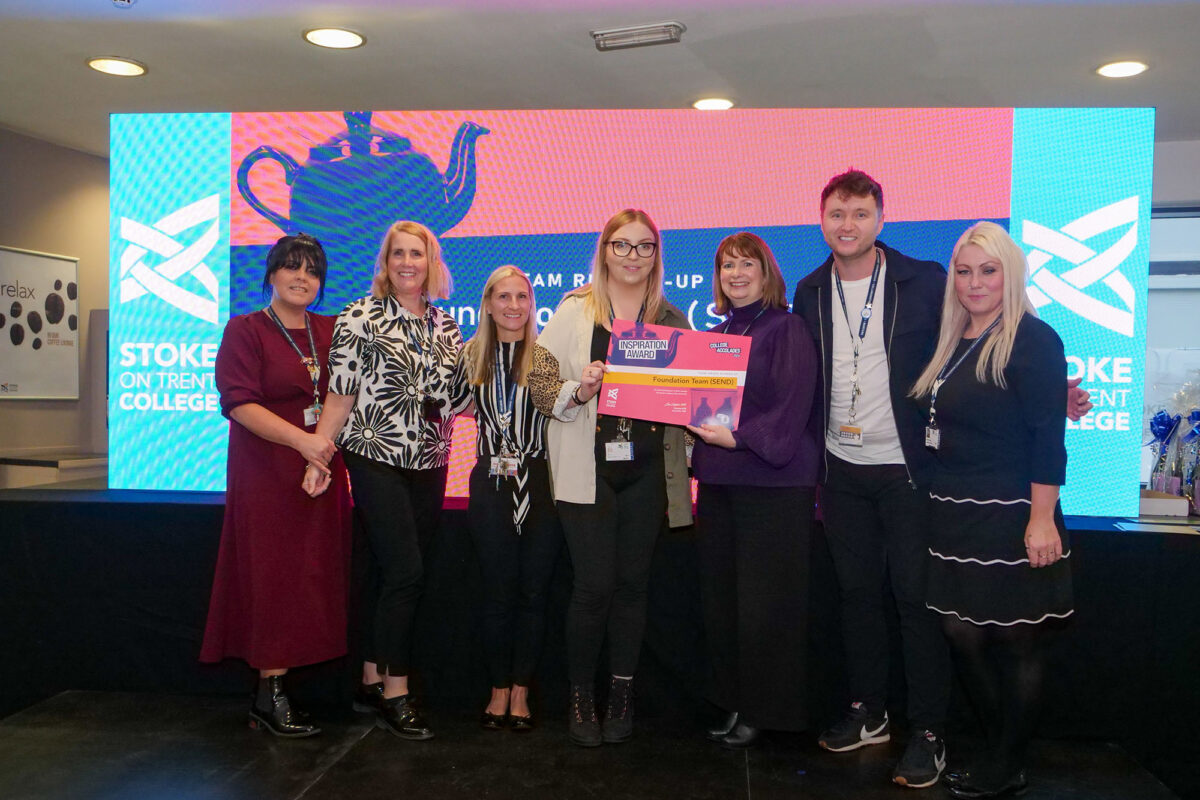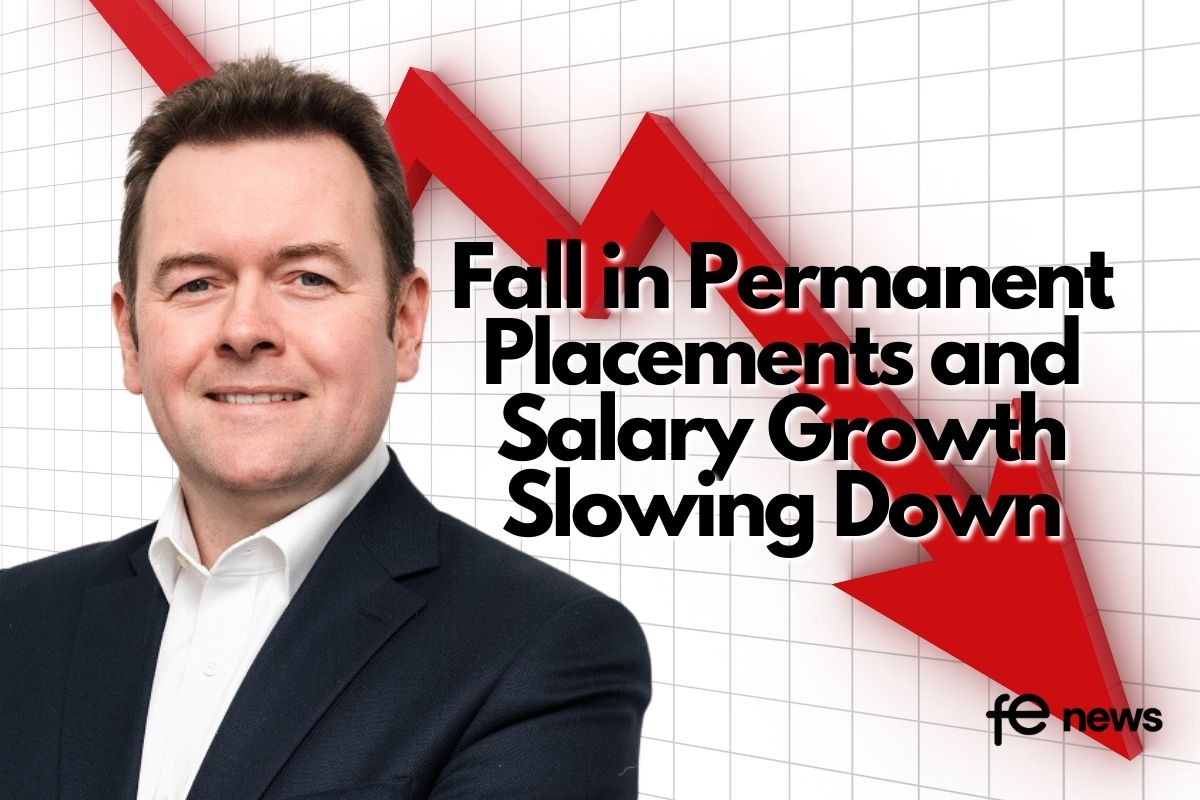A report on the wellbeing of children and young people over the academic year 2021 to 2022.

The wellbeing of children and young people has been a focus of Government policy for a
number of years. The impact of the coronavirus (COVID-19) pandemic has further emphasised the importance of supporting our children and young people’s wellbeing, which is why it remains a central part of the Department for Education’s plans for recovery.
This report, the fourth State of the Nation, focuses on trends in mental health and wellbeing over the 2021/22 academic year, when a range of recovery-focused activity was in place across Government, which included the Department for Education’s education recovery programme.
Over the past year, schools and colleges have returned to full-time face-to-face teaching and formal examinations have resumed, supported by the Department for Education’s education recovery programme. As the focus has shifted beyond the immediate impacts of COVID-19 towards recovery and the future, a range of national and global issues have emerged or come into focus. These include war in Ukraine, the increasing cost of living, concerns over the environment and climate change, and wider social issues.
The report brings together a range of published information from government, academic, voluntary, and private sector organisations to provide a clear narrative for all those interested in the wellbeing of children and young people in England. It provides a shared evidence base for everyone – in government, services, schools & colleges, parents & families, communities, and employers – to reflect upon and deliver better wellbeing outcomes for all children and young people.
This report follows the structure of the Office for National Statistics’ domains of wellbeing for children and young people. While we do not include separate chapters for ‘where we live’ and ‘personal finance’, we report on measures related to each of these domains throughout the report as well as indirectly dealing with issues related to them by presenting trends by subgroups where data exists, including by economic disadvantage. We also provide data on children and young people’s views about wider society and the future with a separate chapter focused on children and young people’s concerns about self, society, and the future.
This report is about children and young people aged 5- to 24-years old in England, though some of the indicators, for pragmatic reasons, relate to children and young people across Great Britain or the United Kingdom. In general, data reported is of two types – longer term trend data, with data pre-pandemic and continuing into the 2021/22 academic year, or more frequent data collections since the start of the pandemic, providing data for the 2021/22 academic year.
This is not an exhaustive review of all available information about children and young people’s wellbeing during this period. Findings are based on the indicators selected to represent the different areas of children and young people’s lives. Much of the available data are about children and young people on average and as a whole, which may overlook the experiences of subgroups and those outside the average. Where possible, we include the experiences of different groups of children and young people, in particular by age, gender, economic disadvantage, special educational needs and/or disability (SEN/D), and ethnicity.
Further, we seek to present the variation that exists in the data, such as the percentage of those with particularly poor outcomes. There are further quantitative data sources and qualitative evidence which can also provide very useful insights into the experiences of children and young people across the pandemic2. Much of the evidence presented here has already informed the department’s approach to supporting children, young people and their families, as well as teachers, schools and colleges. It will, alongside other evidence, continue to be used in developing this support further.
Personal wellbeing
The trends presented in this report indicate that children and young people’s subjective wellbeing, measured annually, appears to have dipped in 2020 and recovered close to pre-pandemic levels by 2021, remaining at similar levels in 2022 (The Children’s Society, 2020, 2021, 2022). During the 2021/22 academic year, while wellbeing on most measures remained consistent, anxiousness among both primary and secondary-age pupils appears to have increased and is higher than in 2020/21 (DfE, 2022e).
Considering differences in wellbeing trends by subgroup, secondary-age boys reported better wellbeing than girls throughout the 2021/22 academic year on all measures; this was consistent with State of the Nation reports in previous years (DfE, 2019, 2020, 2022i). Within secondary-aged pupils, older pupils consistently reported poorer wellbeing than younger pupils. Secondary-age pupils with SEN were more likely to report low wellbeing on some time points and in some measures than those without SEN in 2021/22, though there was no consistent pattern. Finally, secondary-age white pupils reported greater anxiousness than those from an ethnic minority background throughout the 2021/22 academic year. This contrasts with the 2020/21 academic year, when no differences in anxiousness were detected by ethnicity (DfE, 2022i). Together, these findings suggest a mixed picture regarding children and young people’s personal wellbeing in 2021/22, though anxiousness among primary and secondary age pupils may have worsened through the year.
Mental and physical health
The percentage of children and young people reporting low happiness with their health appears to have increased in recent years (The Children’s Society, 2015, 2016, 2017, 2018, 2019, 2020, 2021, 2022). Rates of probable mental disorders and eating problems remain at elevated levels compared to before the COVID-19 pandemic (NHS Digital, 2022b). Based on parent/carer reports in a different data source, children’s behavioural and attentional difficulties had, on average, remained relatively stable between July 2021 and March 2022, while children’s emotional difficulties had increased since during this period (Co-Space, 2022).
While rates of probable mental disorder among younger age groups have remained consistent in recent years, amongst 17- to 19-year-olds, the percentage had increased to one in four in 2022, up from 1 in 6 in 2021. Rates of eating problems and self-harm were also higher in older age groups. Primary aged boys were more likely to have a probable mental disorder than primary aged girls whereas older young women were more likely to have a probable mental disorder than older young men. There was no difference by sex among secondary-aged children and young people for likelihood of a probable mental disorder (NHS Digital, 2022b).
At primary level, children in year 6s have consistently been more likely to be obese than those of reception age. Rates of obesity among year 6s remain higher than before the pandemic (NHS Digital, 2021c, 2022c).
A related issue concerns the frequency of problems with sleep experienced by children and young people. In 2022, those who regularly struggled with sleep were more likely to have a mental disorder. Sleep problems were more prevalent in older children and young people, specifically young women (NHS Digital, 2022b), groups particularly at risk for poorer mental health and wellbeing in general.
While these results point to a heightened risk for health problems in older ages, those aged 17- to 23-years old were less likely than those aged 7- to 16-years-old to have sought help for a mental health concern in 2022 (NHS Digital, 2022b). It is unclear from these data why help seeking is lower amongst older young people. However, potential reasons may include: being unable to recognise symptoms of mental health disorders in themselves; perceived social stigma of mental health problems; and, losing access to school support once leaving school (Radez et al., 2022).
Together, these findings suggest an inconsistent recovery of children and young people’s mental and physical health towards pre-pandemic levels.
Education and skills
In June 2022, most secondary-age children and young people reported being motivated to learn, were managing to concentrate in class, felt safe at school, enjoyed being at school, and felt that they belonged at school (DfE, 2022a).
While children and young people’s happiness with school has remained at a similar level to previous years on average, the percentage of those reporting low happiness with school appears to have increased (The Children’s Society, 2015, 2016, 2017, 2018, 2019, 2020, 2021, 2022).
Boys continue to score higher on measures related to their experience of school, including happiness with school, enjoying coming to school, feeling safe in school (The Children’s Society, 2022), motivation, concentration, and school belonging (DfE, forthcoming). Pupils who were eligible for free school meals were less likely to report being motivated to learn, being able to concentrate in class, feeling safe in school, and having a strong sense of belonging at school, compared to those not eligible for free school meals (DfE, forthcoming).
Differences in other groups were less consistent across measures. Pupils from an ethnic minority background were more likely to report being motivated to learn, managing to concentrate in class, and enjoying coming to school than white pupils. Pupils with SEN were more likely to report low happiness with school compared to those without. Pupils with SEN were more likely to report having difficulty concentrating in class, compared those without SEN (DfE, forthcoming).
This report also highlights how many of the daily experiences, thoughts, and feelings about school expressed by children and young people reflect their current mental health and wellbeing; those who feel safe in school, enjoy coming to school, and that they belong in school were less likely to have a mental disorder (NHS Digital, 2022b), and report greater subjective wellbeing (DfE, 2022e).
While these correlational data, we are unable to establish the causal relationships between these feelings and experiences, they highlight importance of a supportive school environment in the mental health and wellbeing of many children and young people.
Read more here.
Paul Whiteman, general secretary of school leaders’ union NAHT, said:
“These extremely worrying findings chime with the experiences of our members, who have seen the damaging impact of the pandemic and cost-of-living crisis on children exacerbate long-standing concerns around young people’s wellbeing and mental health.
“School leaders and their staff work tirelessly to identify mental health needs and support children’s well-being, but they are not mental health specialists and they need to be able to draw on the expertise and support of specialist services.
“It is unfair on staff and pupils for schools to be left to struggle to paper over the cracks left by an unacceptable postcode lottery in early support and mental health treatment in which many children face long waits for treatment or are told their problems are not bad enough to warrant help.
“We welcome the introduction of mental health support teams working with schools, but the government must speed up their roll-out and go further by investing in counselling services in all schools.
“The government must also fund easy-access mental health support services in every community offering early support to children with emerging issues, while also investing more in treatment and crisis services so all children get help when they need it.”
Julie McCulloch, Director of Policy at the Association of School and College Leaders, said:
“Children and young people are facing a tsunami of pressures which affect their health and wellbeing. During the lockdowns caused by the pandemic, routines and support mechanisms disappeared overnight. This has taken its toll on pupils’ mental health, heightening isolation and anxiety as well as other issues such as bereavement. The exam system, which is excessive in terms of the number of exams and the high stakes involved, is also likely to have a negative impact on wellbeing, as is the impact of online technology which exposes children to inappropriate and disturbing material. With rates of child poverty so high, it is unsurprising that the cost-of-living crisis and other inequalities are a great source of worry for young people.
“The government has not put anywhere near enough resources into dealing with these problems. Its online safety bill is still not enacted despite being under development for several years. Schools and colleges have been critically underfunded for many years, with an unfair burden placed on teachers to support children with complex needs that require specialist support. Local children’s mental health support services frequently have very long waiting lists before children can access the help they need. The exam system must be reformed to make it more proportionate and less reliant on a high pressure end-of-course exam factory, and the scourge of child poverty must be tackled, with an immediate step to extend the provision of free school meals to all pupils from families in receipt of Universal Credit.
“Significant investment, targeted towards the most vulnerable in society, is needed to avoid the mental health crisis and other issues affecting children and young people from getting worse.”











Responses